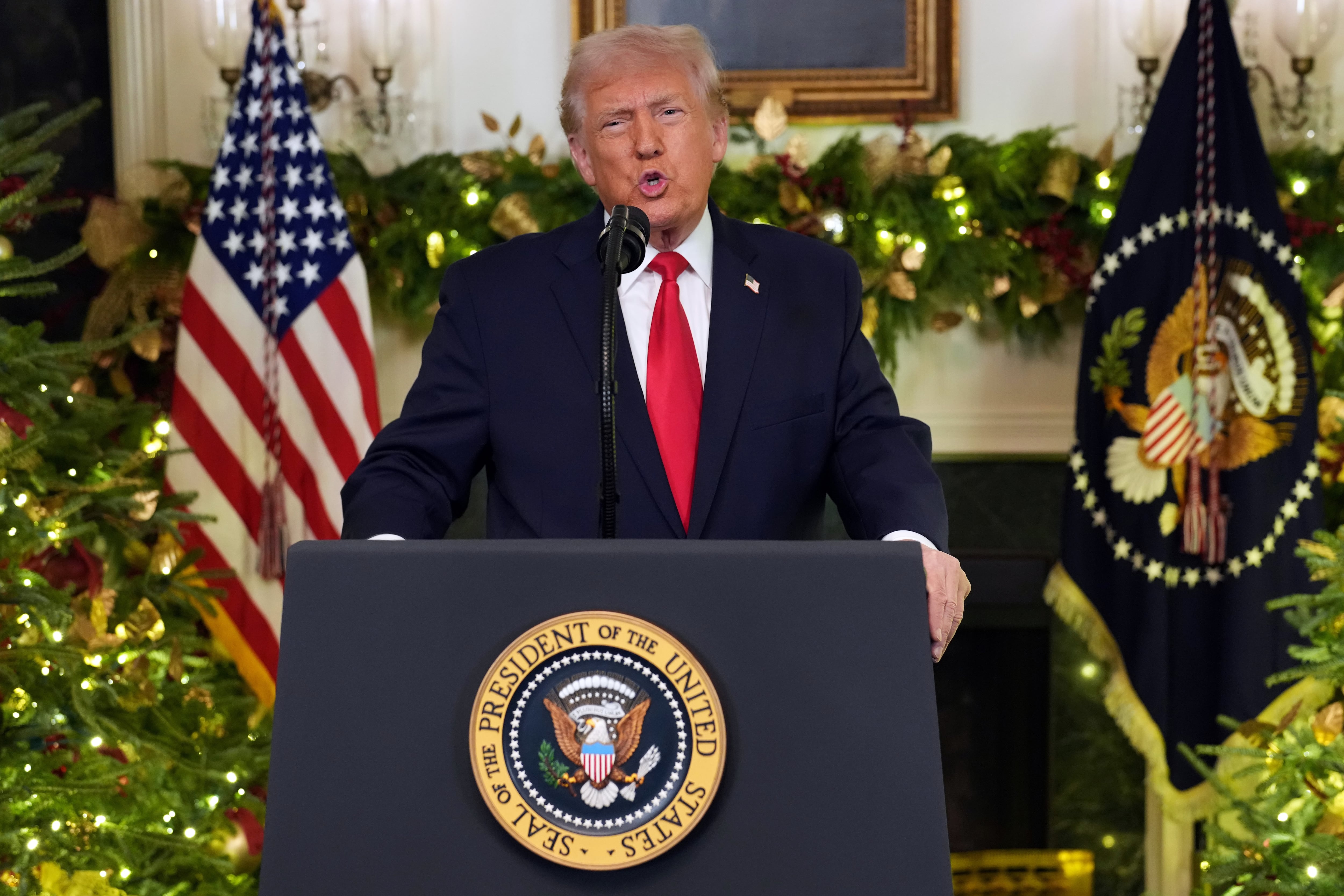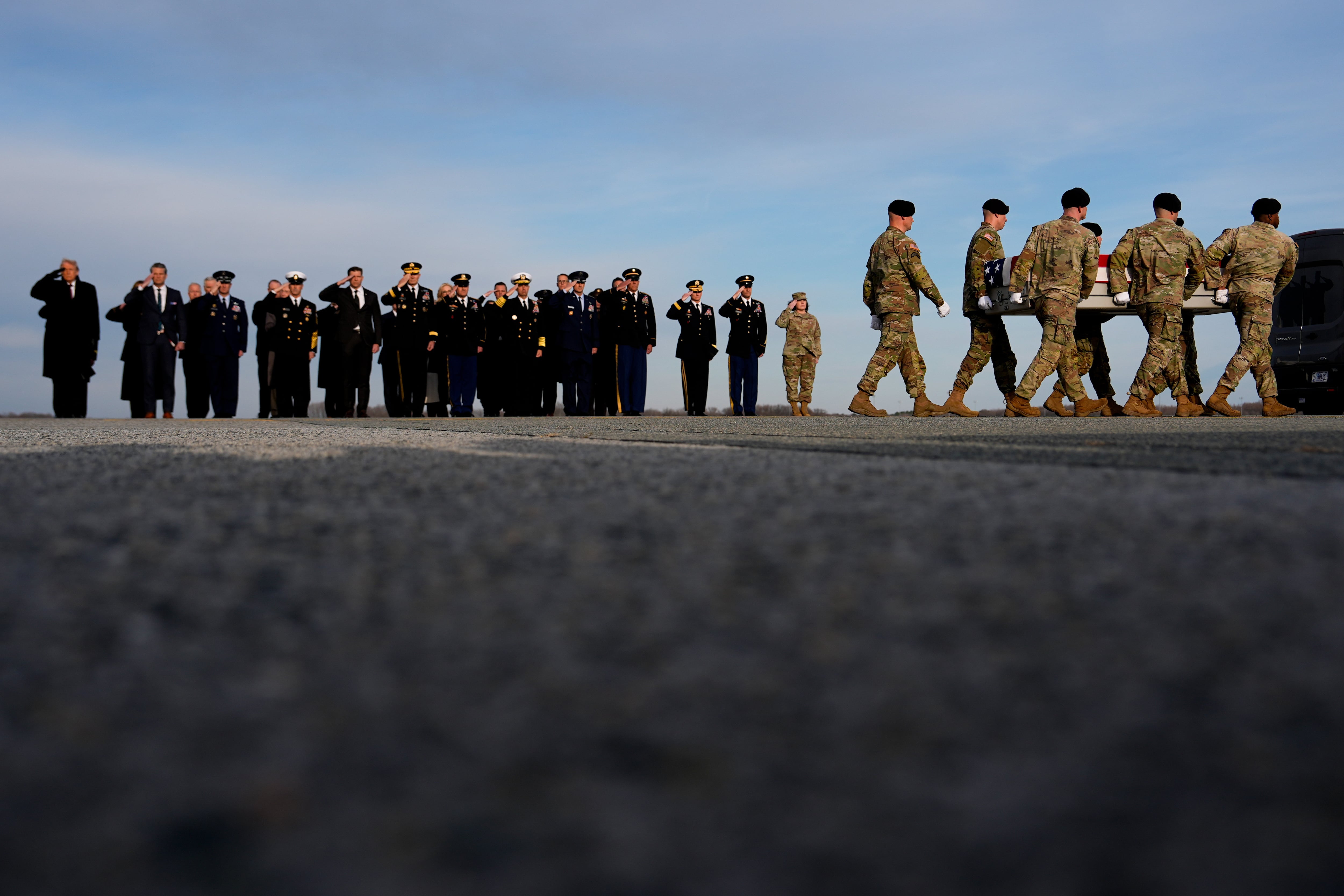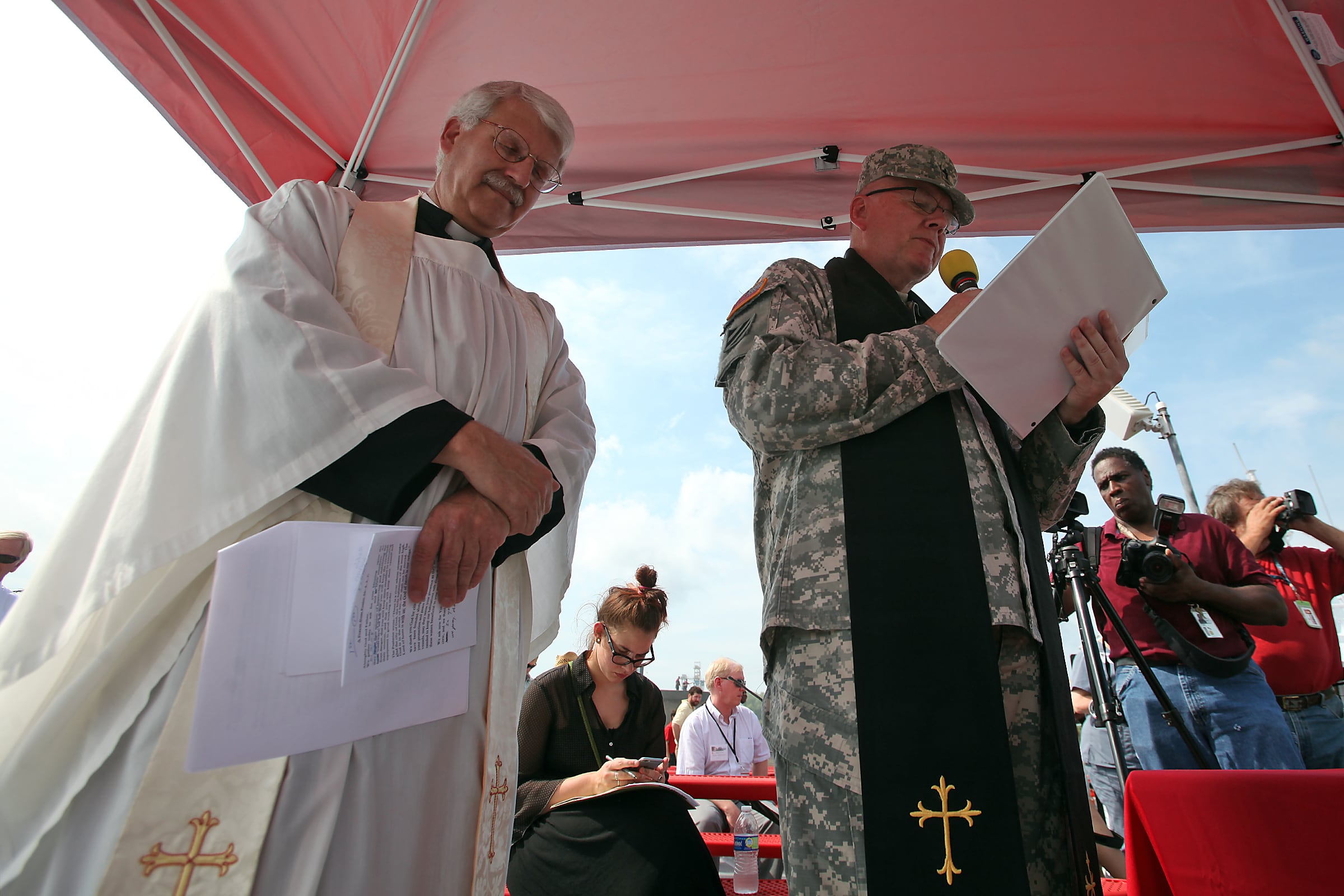As top defense leaders look at modernizing the military, tanks, ships and gear grab a lot of attention.
But the general in charge of training the Army’s ground combat forces says modernization starts with how the Army prepares its leaders for future battles.
Maj. Gen. Eric Wesley, commander of the Army’s Maneuver Center of Excellence, spoke with Army Times to look at recent developments as well as changes on the horizon for leaders at all levels.
Modernization has to start with looking at what America’s enemies are doing and focusing on defeating — and going beyond — those capabilities, Wesley said.
He pointed to changes in Army thinking in the 1970s, which led to a comprehensive approach to develop the Army for the future fight, which at that time was with the Soviet Union.
Some of the same methods will apply when approaching the coming decades of technology-infused warfare, he said.
“We look at our near peers‘ capabilities and how they want to fight,” the two-star said. “We develop a concept of how we want to fight.”
“Only then can you develop a pathway for a concept on what you want to do,” Wesley said.
That is currently being done through the development of a new operations field manual and changes to the Army’s formations, such as the creation of the Security Force Assistance Brigades, which began training this month.
Some of the main principles that have emerged as Wesley and other Army leaders look at near-term threats include making brigades capable in all domains, enabling semi-independent operations for dispersed units, integrated reconnaissance and security operations in a non-contiguous battle space, and making giving levels of semi-independent decision-making authority to smaller units.
But, more importantly, Wesley said, it is creating true mission command. Leaders at nearly every level must be able to make semi-independent battlefield decisions.
“You’ve got to improve your training of leaders to have latitude to make a decision, sometimes even contrary to orders initially received,” Wesley said.
Battalion and brigade commanders will see a more complex fight than ever before. They will need to plan for, and adjust and react to multi-domain fires, which includes all traditional maneuver warfare, maritime fires, integrated electronic warfare, and offensive and defensive cyber and space capabilities.
Some of the capability changes will lead to a next-generation combat vehicle that is highly mobile and equipped with protective firepower; advanced armor and other protection systems for tanks; battlefield power generation and power management; and robotics and automation,
Wesley said with technology constantly changing, leaders can’t get fixated on material development.
“The quickest way to transform an institution is with training,” Wesley said.
Todd South has written about crime, courts, government and the military for multiple publications since 2004 and was named a 2014 Pulitzer finalist for a co-written project on witness intimidation. Todd is a Marine veteran of the Iraq War.





